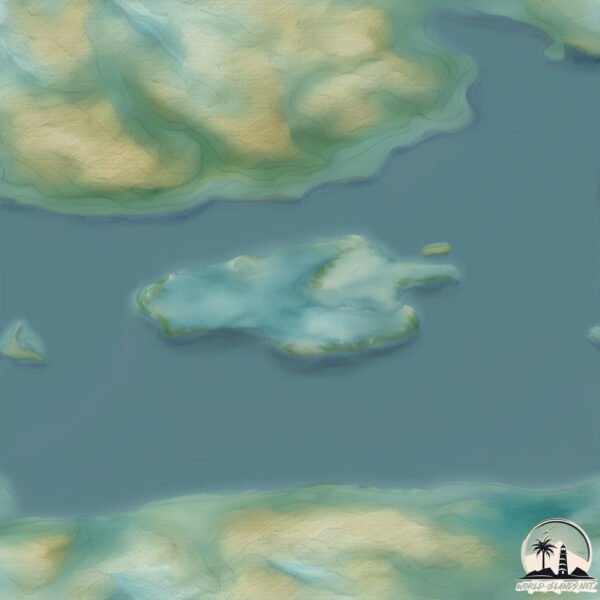Welcome to Mascart , a Polar island in the South Pacific Ocean, part of the majestic Pacific Ocean. This guide offers a comprehensive overview of what makes Mascart unique – from its geography and climate to its population, infrastructure, and beyond. Dive into the details:
Geography and size of Mascart
Size: 8.255 km²Coastline: 20 kmOcean: Pacific OceanSea: South Pacific OceanContinent: South America
Mascart is a Small Island spanning 8.3 km² with a coastline of 20 km.
Archipel: –
Tectonic Plate: Scotia – Situated in the Southern Ocean, surrounding the Scotia Sea, between South America and Antarctica, known for the Scotia Arc and active seismicity.
The geographic heart of the island is pinpointed at these coordinates:
Climate and weather of Mascart
Climate Zone: PolarClimate Details: TundraTemperature: Cold
Climate Characteristics: The tundra climate features long, extremely cold winters and short, cool summers. Vegetation is limited to mosses, lichens, and small shrubs due to the low temperatures and short growing seasons. Biodiversity is low, but some specialized species thrive.
Topography and nature of Mascart
Timezone: UTC-04:00Timezone places: America/La_PazMax. Elevation: 94 m Mean Elevation: 57 mVegetation: Evergreen Broadleaf ForestTree Coverage: 94%
The mean elevation is 57 m. The highest elevation on the island reaches approximately 94 meters above sea level. The island is characterized by Plains: Flat, low-lying lands characterized by a maximum elevation of up to 200 meters. On islands, plains are typically coastal lowlands or central flat areas.
Dominating Vegetation: Evergreen Broadleaf Forest
Vegetation: 2 vegetation zones – Low Diversity Island
Infrastructure and Travelling to Mascart
Does the island have a public airport? no .
Does the island have a major port? no .
The mean population of Mascart is 0 per km². Mascart is Uninhabited. The island belongs to Chile .
Continuing your journey, Milne Edwards is the next notable island, situated merely km away.
Manta Rays Vilamendhoo
Second dive of the dive of the day at Rangali Madivaru (Manta Point) with euro-divers which consisted of 5 mantas for around five ...
Manta Rays Vilamendhoo
Second dive of the dive of the day at Rangali Madivaru (Manta Point) ...
Second dive of the dive of the day at Rangali Madivaru (Manta Point) with euro-divers which consisted of 5 mantas for around five ...
Cantaloop island jam session 2018
Les valseuses - fev 2018 - Vannes Batterie : Cédric PESET - 10 ans ...
Les valseuses - fev 2018 - Vannes Batterie : Cédric PESET - 10 ans Saxophone : Nicolas CHATELET Contrebasse : Julien ...
NOOB vs PRO vs HACKER sur FORTNITE
Chile is classified as Emerging region: G20: Group of Twenty – Major economies comprising both developed and emerging countries, representing the world’s largest economies. The level of income is Upper middle income.
News – Latest Updates and Headlines from Mascart
Stay informed with the most recent news and important headlines from Mascart. Here’s a roundup of the latest developments.
Loading...
Please note: The data used here has been primarily extracted from satellite readings. Deviations from exact values may occur, particularly regarding the height of elevations and population density. Land area and coastline measurements refer to average values at mean high tide.

